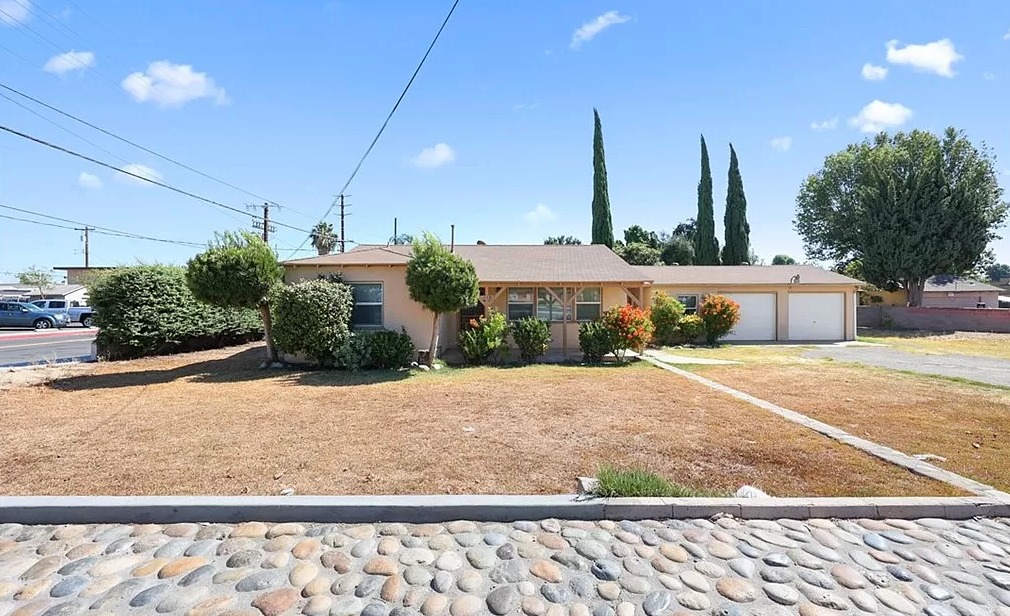As the events of the last few years in the real estate industry show, people forget about the tremendous responsibility of financing a home at their peril. Here are a few tips for dealing with the dollar signs so that you can take down that “for sale” sign on your new home.
Pre-Approval
Sub-primes may be history, but you’ll probably still be shown homes you can’t actually afford. By getting pre-approved as a buyer, you can save yourself the grief of looking at houses you can’t afford. You can also put yourself in a better position to make a serious offer when you find the right house. Unlike pre-qualification, which is based on a cursory review of your finances, pre-approval from a lender is based on your actual income, debt and credit history. By doing a thorough analysis of your actual spending power, you’ll be less likely to get in over your head.
Choose Your Mortgage Carefully
Used to be the emphasis when it came to mortgages was on paying them off as soon as possible. Today, the average person will accumulate a significant amount of debt before they purchase a home. Between credit cards and student loans, financing a home with a 30-year mortgage is a smarter move than a 15-year. This way, you have a lower monthly payment, with the option of paying an additional principal when money is good. Additionally, when picking a mortgage, you usually have the option of paying additional points in exchange for lower interest rates. These additional points are a portion of the interest that you pay at closing. If you plan to stay in the house for a long time—and given the current real estate market, you should—taking the points will save you money.
Do Your Homework Before Bidding
Before making an offer on a home, do some research on the sales trends of similar homes in the neighborhood. Sites like Zillow, Trulia, and HotPads are a good place to start. When financing a home, it is important to consider especially sales of similar homes in the last three months. For instance, if homes have recently sold for 5 percent less than the asking price, your opening bid should probably be about 8 to 10 percent lower than what the seller is asking.
About the Author. Greg Robertson is a Broker at Class Realty Group’s San Diego office. Reach Greg by email at grobertson@classrealtygroup.com or by phone at 858-333-2422.






